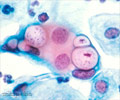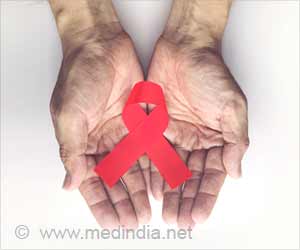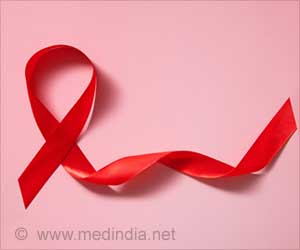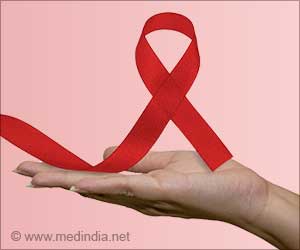The Netherlands-based scientists have for the first time described a way whereby sexually transmitted diseases - such as genital herpes, gonorrhea, syphilis, and chlamydia - increases
The Netherlands-based scientists have for the first time described a way whereby sexually transmitted diseases - such as genital herpes, gonorrhea, syphilis, and chlamydia - increases an individual's risk of becoming infected with HIV through sexual contact.
Teunis B.H. Geijtenbeek and colleagues at VU University Medical Center showed the way in which STDs can increase acquisition of HIV-1 infection in an ex vivo human skin explant model.The researchers say that though immature immune cells known as Langerhans cells (LCs) captured HIV in the ex vivo human skin explant model, they did not efficiently transmit the virus to T cells, something that is essential for the initiation of full disease.
However, when the cells were activated by inflammatory stimuli, efficient virus transmission was observed.
Based on this observation, the researchers came to the conclusion that the triggering of the same inflammatory stimuli in vaginal and skin explants by agents that cause the STDs may activate LCs, and thereby increase an individual's risk of becoming infected with HIV.
The researchers say that their study also suggests that anti-inflammatory therapies may provide a way to prevent HIV transmission.
Source-ANI
SRM















